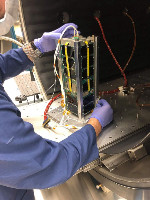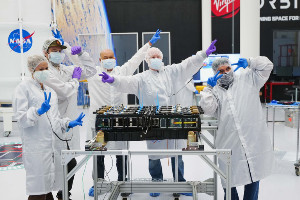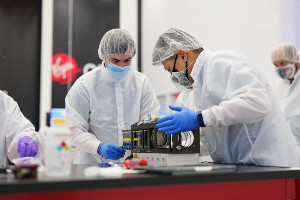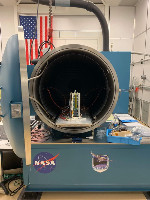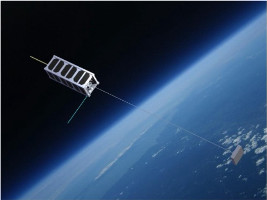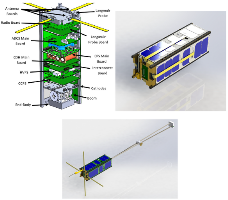| Spacecraft | MiTEE-2 (MiTEE-B, Miniature Tether Electrodynamics Experiment) |
|---|---|
| Form factor | CubeSat |
| Units or mass | 3U |
| Mass in kg | 1.7 kg |
| Status | cancelled |
| Organization | University of Michigan |
| Institution | University |
| Entity | Academic / Education |
| Nation | US |
| Launch brokerer | NASA CSLI / ELaNa |
| Oneliner |
Assess the feasibility of using miniature electrodynamic (ED) tethers in space as means to provide “propellantless”. |
| Description |
Test the feasibility of a 30-meter long tether as a method of propellantless propulsion. Assess the feasibility of using miniature electrodynamic (ED) tethers in space as means to provide “propellantless” thrust to maneuver new classes of very small satellites (so-called “picosats” and “femotsats”), that can be the size of your “smart-phone” and smaller, and also make up for atmospheric drag as they orbit around the Earth. The key questions we need to understand center on the physical dynamics (how it moves) and electrodynamics (how it flows currents through the conducting tether and generates thrust). Deploy a picosatellite body of approximately 8 cm × 8 cm × 2 cm from a 3U CubeSat to demonstrate and assess an ultra-small satellite electrodynamics tether in the space environment where the fundamental dynamics and plasma electrodynamics. The miniature electrodynamics tethers, which are a few meters long, have the potential to provide propellantless propulsion, passive two-axis attitude stabilization and enhanced communication utility to the next generation of small satellites. |
| Sources | [1] [2] [3] |
| Photo sources | [1] [2] [3] |
| Keywords | Tether, Propulsion |
Last modified: 2024-12-29
